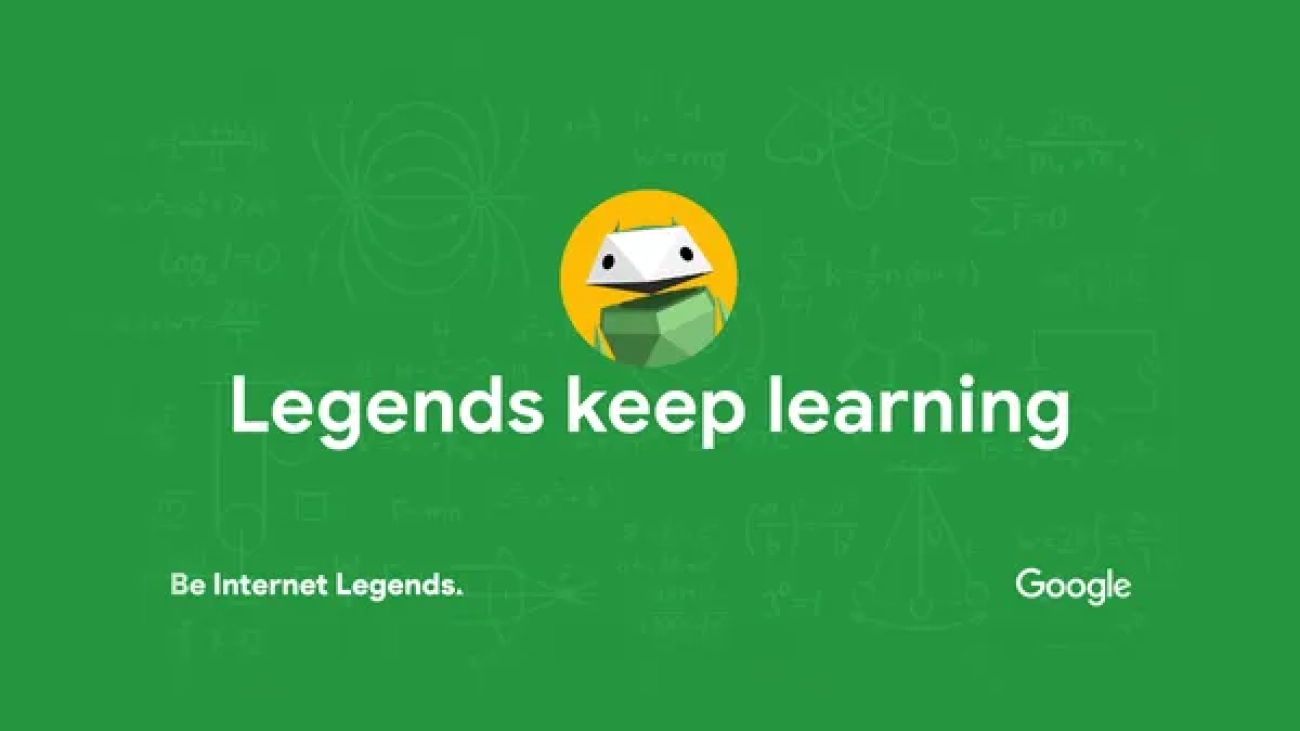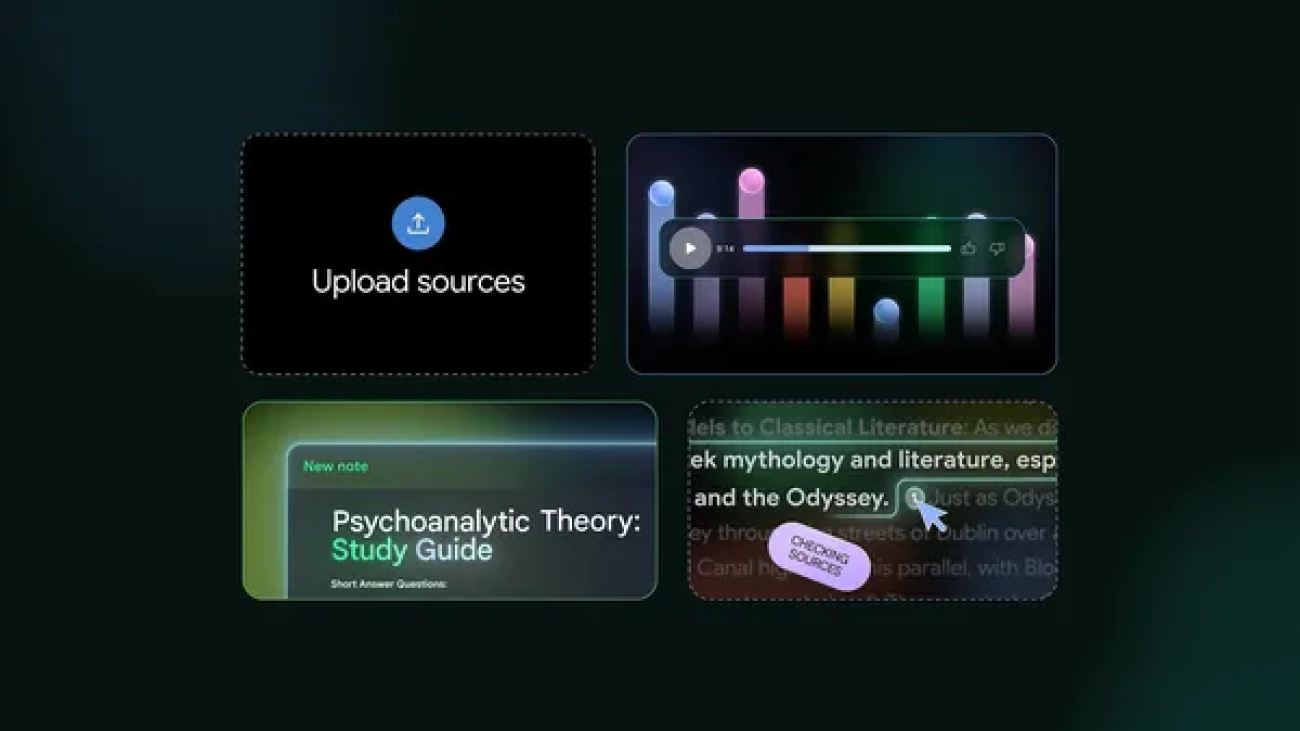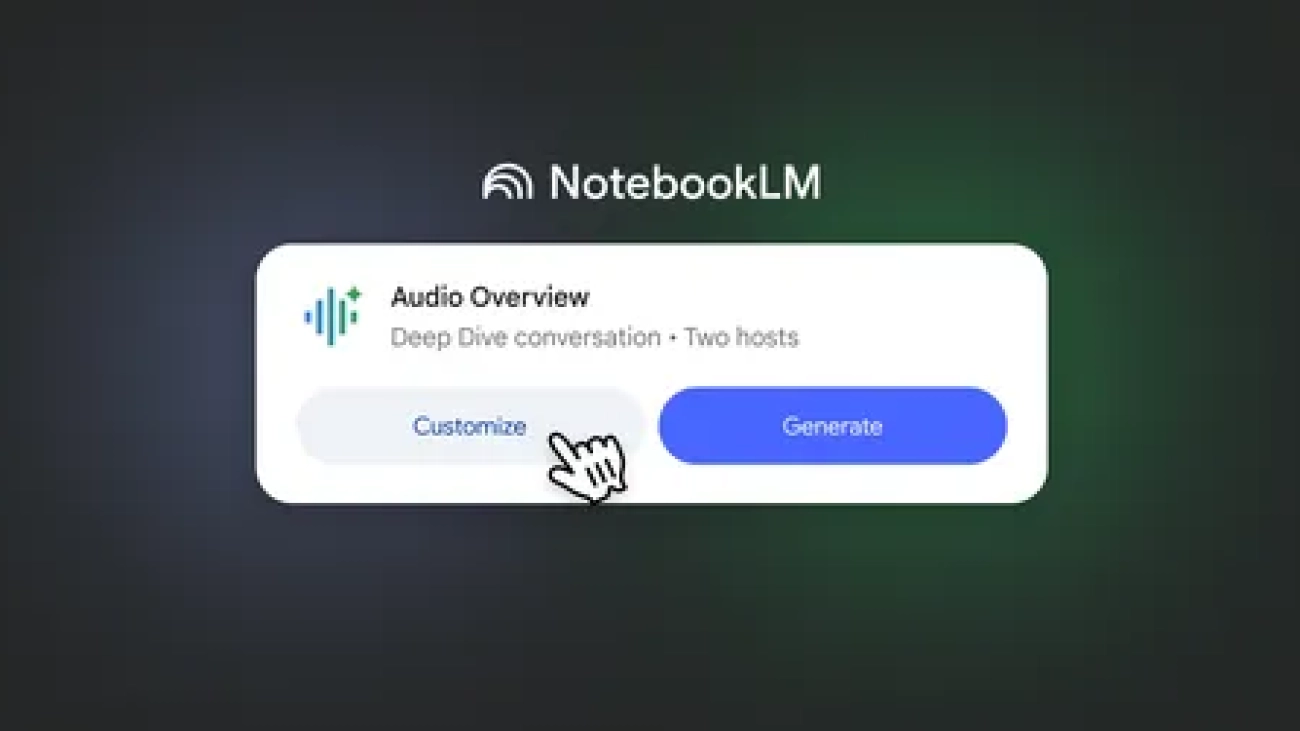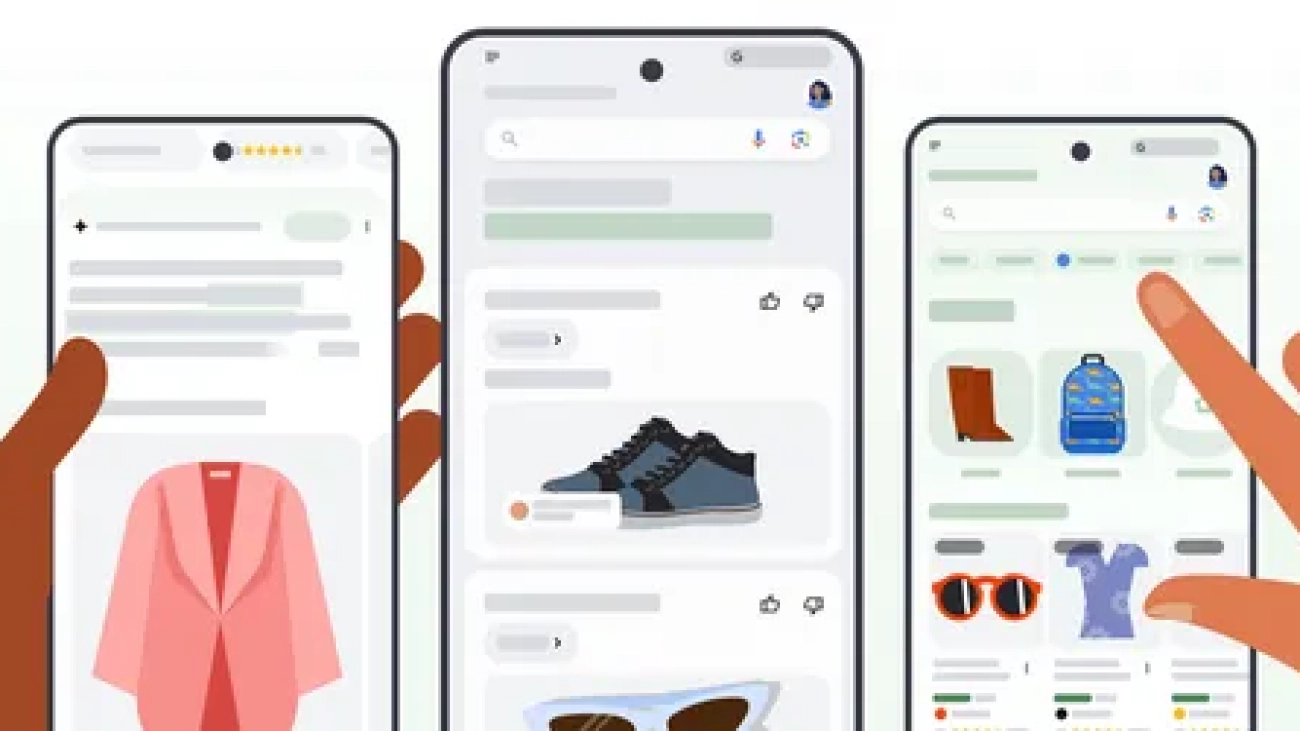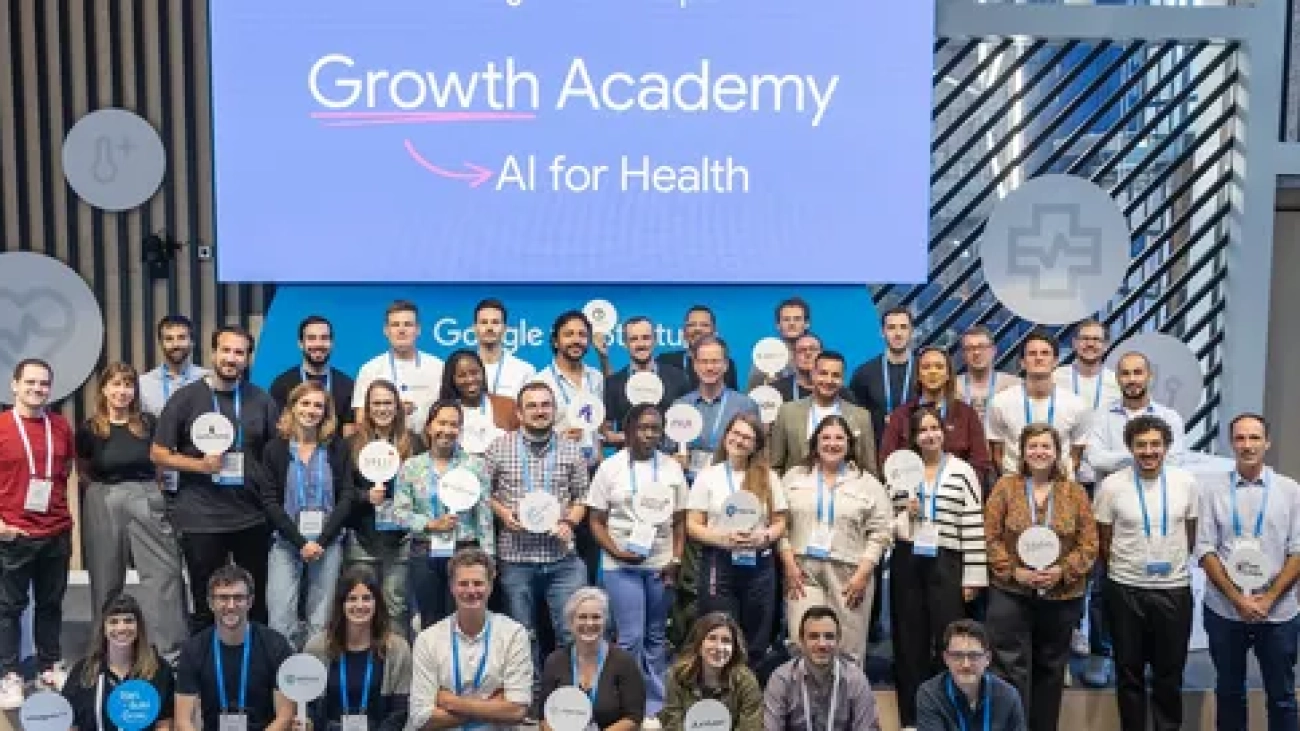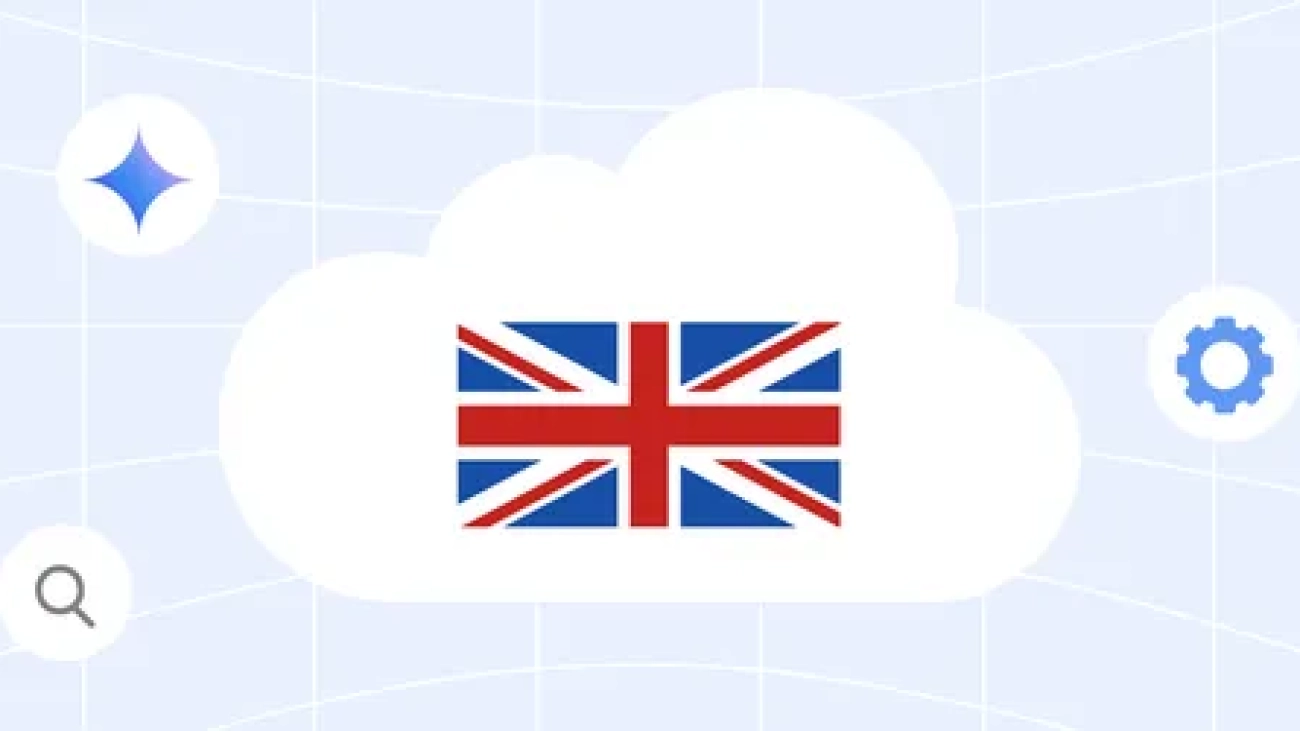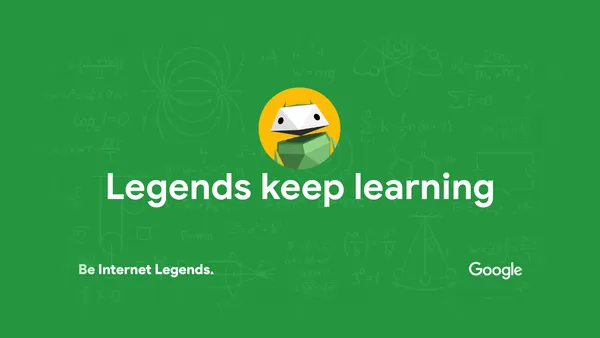 Google’s Be Internet Legends programme launches a new school assembly teaching about AI literacy and online safety.Read More
Google’s Be Internet Legends programme launches a new school assembly teaching about AI literacy and online safety.Read More
8 expert tips for getting started with NotebookLM
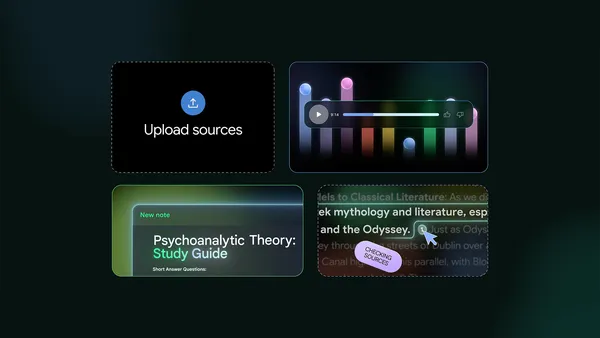 NotebookLM is an AI-powered tool for more deeply understanding something — we asked a Google expert to give us a few tips on how to use it.Read More
NotebookLM is an AI-powered tool for more deeply understanding something — we asked a Google expert to give us a few tips on how to use it.Read More
New in NotebookLM: Customizing your Audio Overviews and introducing NotebookLM Business
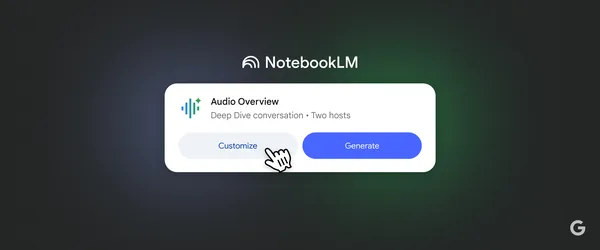 NotebookLM is piloting a way for teams to collaborate, and introducing a new way to customize Audio Overviews.Read More
NotebookLM is piloting a way for teams to collaborate, and introducing a new way to customize Audio Overviews.Read More
How gen AI can help doctors and nurses ease their administrative workloads
 A study published by Google Cloud and Harris Poll sheds light on healthcare’s administrative burden, and how AI can help.Read More
A study published by Google Cloud and Harris Poll sheds light on healthcare’s administrative burden, and how AI can help.Read More
Google.org announces $15 million in AI training grants for the government workforce
 These new grants to the Partnership for Public Service and InnovateUS will help public sector workers develop responsible AI skills.Read More
These new grants to the Partnership for Public Service and InnovateUS will help public sector workers develop responsible AI skills.Read More
Google Shopping’s getting a big transformation
 Google Shopping uses AI to help you find more relevant products, discover personalized options and find the lowest prices.Read More
Google Shopping uses AI to help you find more relevant products, discover personalized options and find the lowest prices.Read More
Ask a Techspert: What is on-device processing?
 Here’s a breakdown of on-device processing and how we’re working to make your devices better with local AI features.Read More
Here’s a breakdown of on-device processing and how we’re working to make your devices better with local AI features.Read More
AI startups revolutionizing mental health care
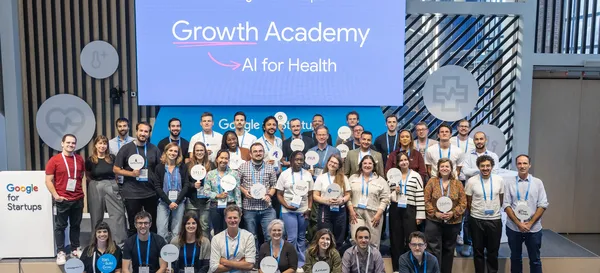 Learn how startups in Growth Academy: AI for Health program are leveraging tech to improve access to care, personalize treatment, and enhance the effectiveness of therap…Read More
Learn how startups in Growth Academy: AI for Health program are leveraging tech to improve access to care, personalize treatment, and enhance the effectiveness of therap…Read More
Google DeepMind’s Demis Hassabis & John Jumper awarded Nobel Prize in Chemistry
 The award is for their work on AlphaFold, a groundbreaking AI system that predicts the 3D structure of proteins from their amino acid sequences.Read More
The award is for their work on AlphaFold, a groundbreaking AI system that predicts the 3D structure of proteins from their amino acid sequences.Read More
Data residency for machine learning processing to be made available in the UK
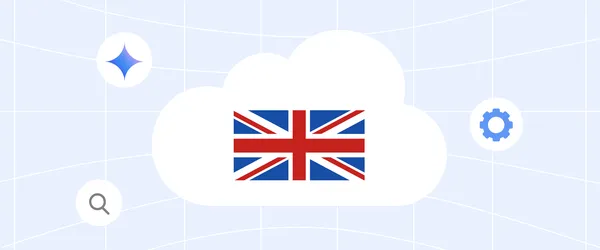 Starting next month Google Cloud will expand our data residency commitment, enabling customers to conduct machine learning processing for Gemini 1.5 Flash within the UK.Read More
Starting next month Google Cloud will expand our data residency commitment, enabling customers to conduct machine learning processing for Gemini 1.5 Flash within the UK.Read More

